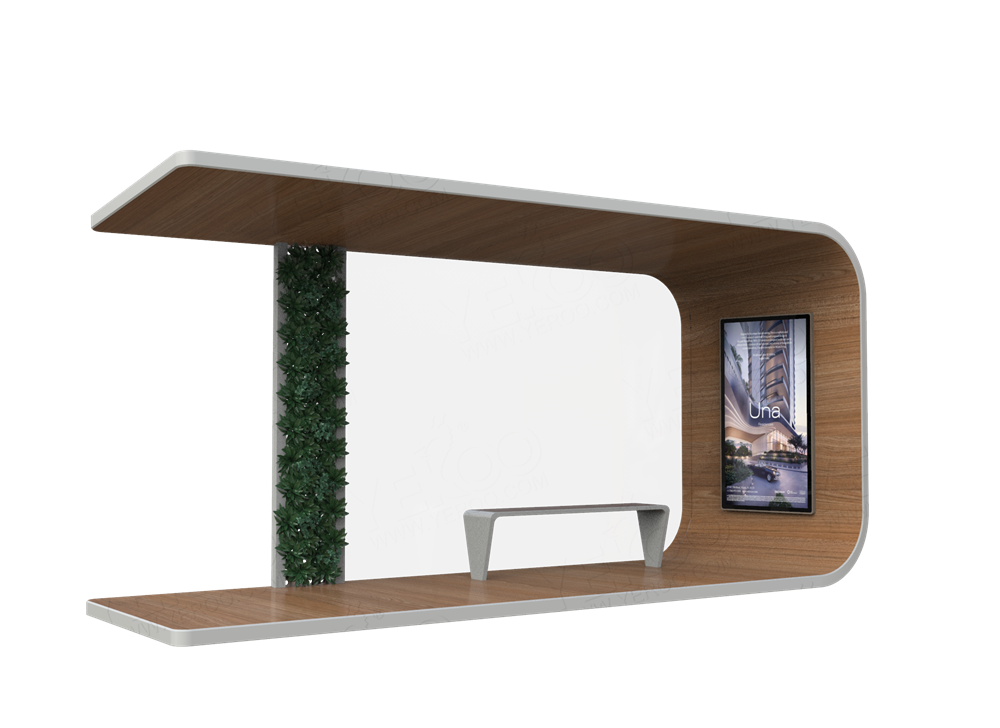The bus shelter is an essential part of any city’s public transportation system, providing comfort and protection for waiting passengers. Also known as urban furniture, the bus shelter is designed to serve the needs of the city’s inhabitants, taking into account factors such as weather conditions, crowd size, and available space.
The bus shelter typically includes a roof to provide shade from the sun and protection from rain, as well as a seat for passengers to rest while they wait. Some bus shelters also have a small platform where passengers can stand, ensuring they are visible to drivers and providing additional space for storing their belongings.
Another important feature of the bus shelter is the arrival and departure schedule, typically displayed on a digital screen or a printed board. This information is crucial for passengers as it allows them to know when the next bus will arrive, helping them to plan their journeys.
In addition to these basic features, modern bus shelters often also include USB charging ports, Wi-Fi connectivity, and even small vending machines for convenience items such as water and snacks. These additions not only provide convenience to passengers but also contribute to the overall attractiveness of the city’s public transportation system.
One of the key considerations in designing a bus shelter is its durability and resistance to the elements. The structure needs to withstand the wear and tear of daily use, as well as be able to withstand extreme weather conditions such as strong winds, heavy rain, and snow.

Another important consideration is the safety of both passengers and pedestrians. The bus shelter should be designed to provide clear visibility for both drivers and pedestrians, with足够的 space for passengers to board and disembark safely. Additionally, the shelter should be designed to minimize the risk of accidents or incidents, such as tripping hazards or vandalism.
Another important aspect of bus shelter design is its integration into the surrounding environment. The shelter should be designed to fit in with the character and aesthetic of the neighborhood, blending into the urban landscape rather than standing out as an eyesore. This can be achieved through careful selection of materials, colors, and finishes that reflect the local culture and environment.
Finally, it is important to consider the accessibility of the bus shelter. Passengers with disabilities or limited mobility should have easy access to the shelter, with features such as ramps, wide doors, and low thresholds. Additionally, clear signage and information should be provided to assist these passengers in using the facility.
The bus shelter is an essential element of any city’s public transportation system. Designed with the needs of passengers in mind, these structures provide comfort, protection, and convenience while waiting for the bus. With thoughtfully considered design elements such as shelters that integrate seamlessly into their environment while providing access and safety for all users.








 Share to:
Share to: